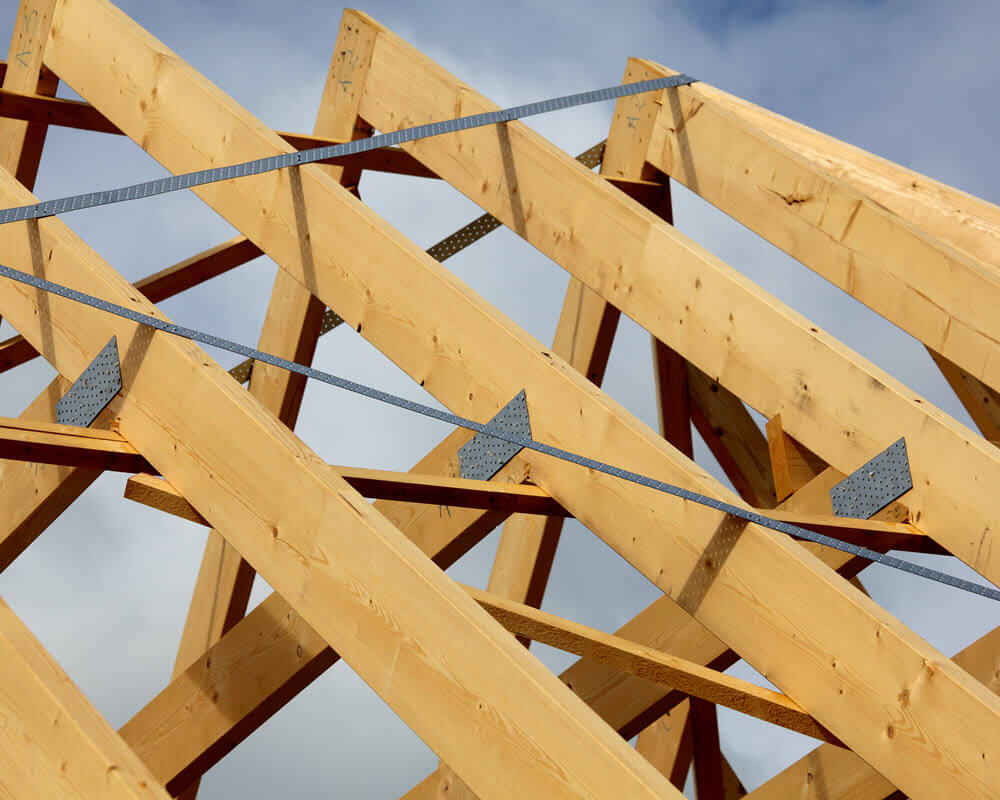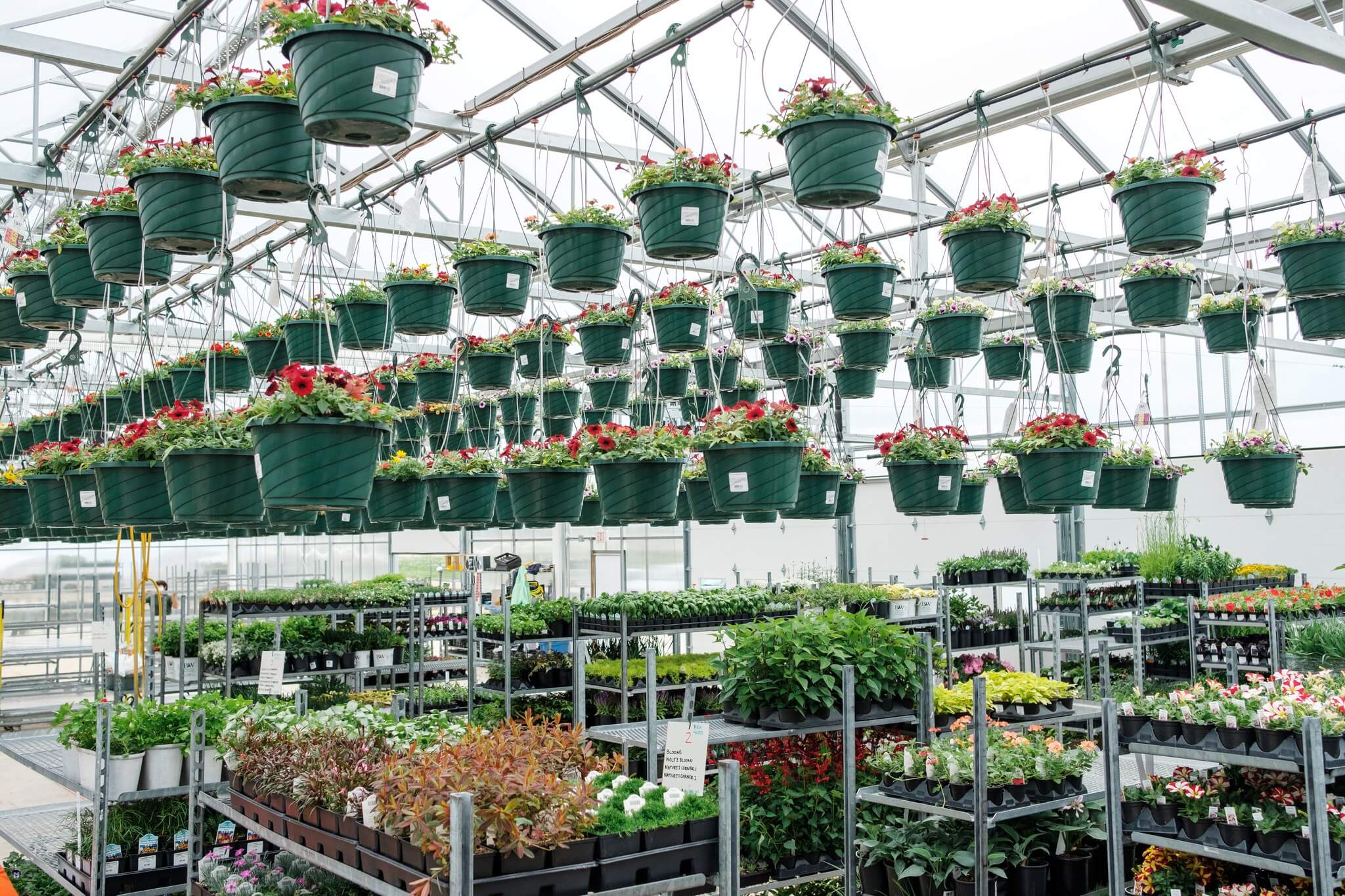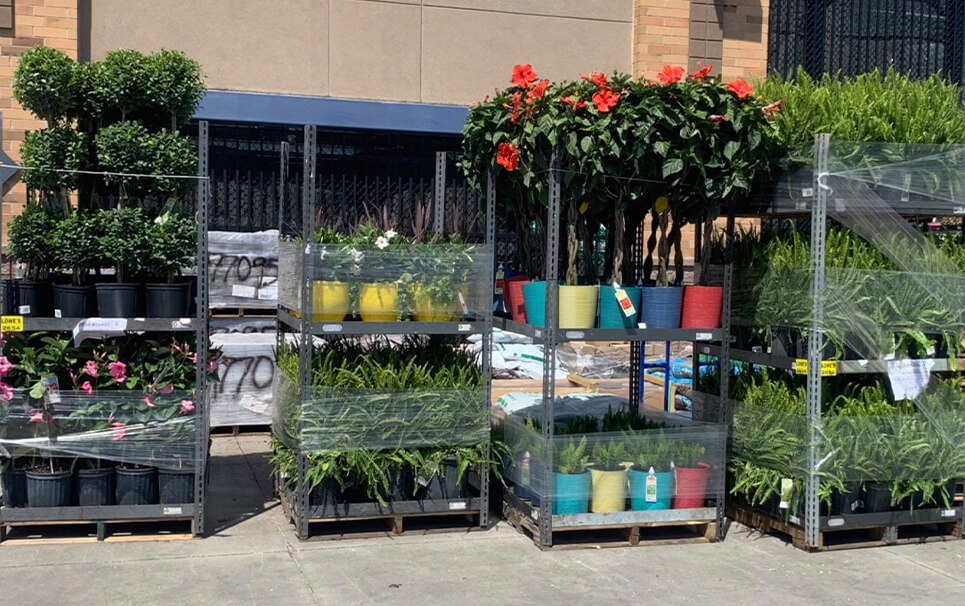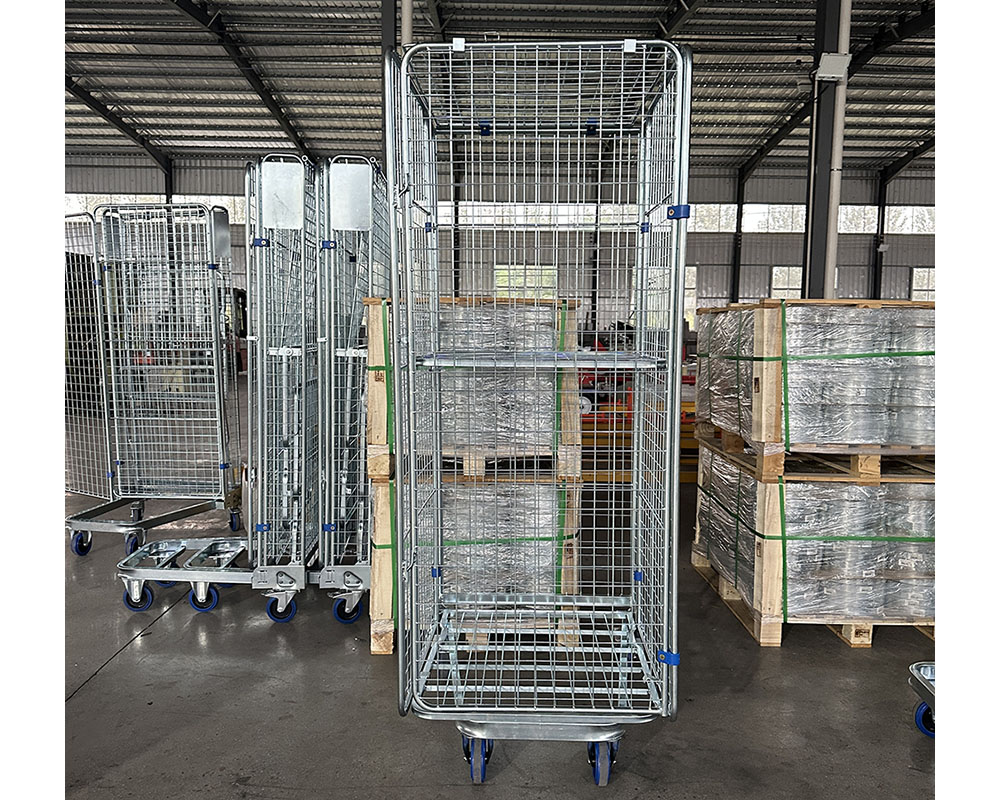How to Choose the Right Strapping Brace for Your Construction Project
Did you know your wall panels could buckle if they’re not properly braced? When embarking on a construction project, selecting the appropriate strapping brace is important. Understanding the purpose and capacity of different strapping braces is crucial. Let's delve into the essentials of builders strapping, its uses, and how to select the perfect option for your project.
1. What is builders strapping used for?
Builders strapping is primarily used to reinforce and stabilize structures, ensuring they can withstand external pressures and forces. One of the most utilized purposes of metal strapping is to add secondary support and reinforcement to wooden frame construction. Strapping helps prevent buckling and bowing under load when attached diagonally, vertically, or horizontally to wall studs, floor joists, rafters, and trusses.
Its application ranges from residential buildings to large-scale commercial structures, highlighting its versatility and importance in the construction industry.
2. What is the capacity of a bracing strap?
The capacity of a bracing strap is a critical factor in construction and engineering, determining its ability to reinforce structures effectively. This capacity is influenced by several key factors, including the material composition, dimensions (width and thickness), and the installation method.
Bracing straps are made from a variety of materials, each with its own set of properties and capacities. Common materials include:
- Steel: Known for its strength and durability, steel is a popular choice for bracing straps. Galvanised steel, in particular, offers added resistance to corrosion.
- Stainless Steel: Offers excellent corrosion resistance and strength, making it suitable for environments prone to moisture.
- Aluminium: While lighter than steel, aluminium straps provide a good strength-to-weight ratio and corrosion resistance, suitable for certain types of projects.
The material choice directly impacts the strap's load-bearing capacity, with steel typically providing the highest strength.
Dimensions: Width and Thickness
The dimensions of a bracing strap significantly affect its capacity. Wider and thicker straps can bear more load, offering greater support and stability to the structure. The specific dimensions required depend on the project's demands, including the type of load (static or dynamic) and the forces (such as wind or seismic activity) the structure will face.
Installation Method
The method of installation plays a pivotal role in the effectiveness of a bracing strap. Proper installation ensures that the strap can perform to its full capacity, while incorrect installation might lead to reduced performance or even failure. Key considerations include:
- Anchoring: Secure anchoring points are essential for the strap to effectively transfer load.
- Tensioning: Proper tensioning ensures the strap provides the necessary support without undue stress or slack.
- Orientation and Placement: Correct orientation and strategic placement of straps can maximize their effectiveness in reinforcing the structure.
3. What are the common sizes of hoop iron straps for timber wall framing?
For timber wall framing, hoop iron straps are available in specific sizes to accommodate various structural needs.
The most common sizes include:
- A width of 25mm with a thickness of 0.8mm,
- A width of 30mm, available in two thicknesses: 0.8mm,1.0mm.
- A width of 32mm, available in two thickness: 1.0mm,1.2mm
These straps are made from Steel Grade G300, featuring a Galvanized Coating Z275 for enhanced durability and corrosion resistance.
4. What are the benefits of using hoop iron straps for wall framed bracing?
Hoop iron straps offer a flexible, high-strength solution for bracing timber-framed walls, roof sections, trusses, and general timber in both domestic and commercial construction.
Here are some key advantages:
Flexibility and Strength: Hoop iron straps are easy to bend around rafters and beams, making them highly adaptable to various construction needs. They provide a strong connection and bracing system, ensuring structural integrity.
Material and Coating: Available in 0.8mm or 1mm thicknesses, these straps are made from G300 Steel Grade with a Z275 coating for galvanized options, or in marine grade 316 stainless steel for maximum corrosion protection. This ensures long-lasting durability and resistance to environmental factors.
Compliance and Specifications: Fully compliant with AS1684, hoop iron straps meet technical documents and full batch trace certification standards. This compliance guarantees that they are suitable for a wide range of construction applications, ensuring safety and reliability.
Ease of Installation: With 3mm diameter pre-punched nail holes, these straps are designed for quick and simple installation. They can be used with or without tensioners, offering versatility in application and saving time on the job site.
Conclusion
Choosing the right materials is key to your project's success. Hoop iron straps are essential for strong, stable construction, perfect for reinforcing floors and bracing walls. At Borhaf Metal Fabricator, we customize these straps to fit your exact needs, offering both galvanized steel and stainless steel options. Trust us for quick, reliable service tailored to your project. Contact us for quality strapping solutions that ensure durability and precision in every building




